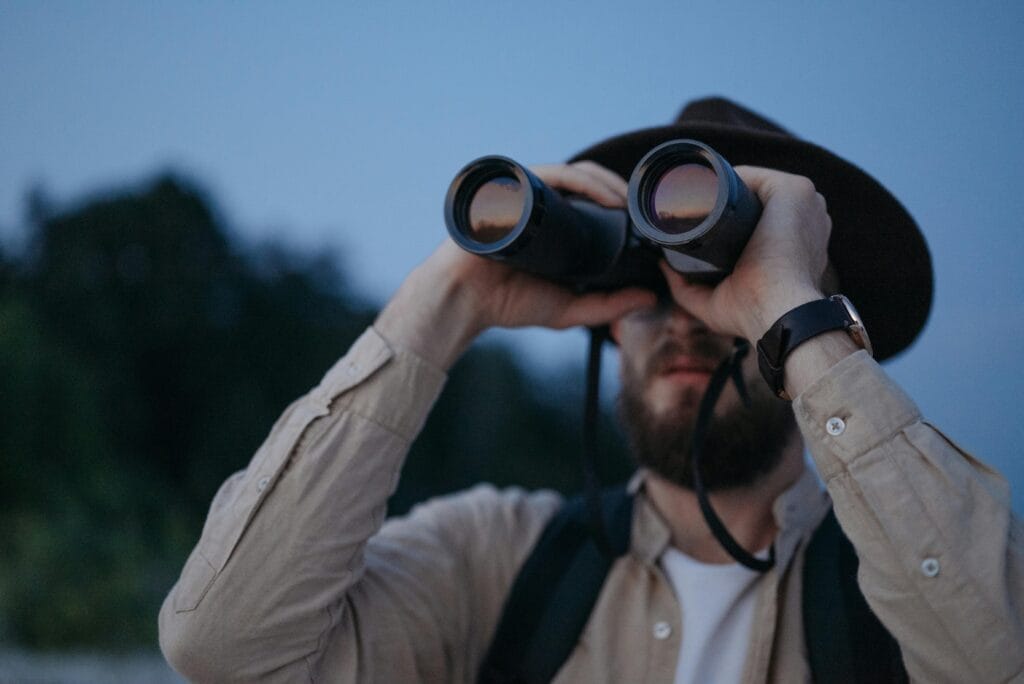Where to see the Big Five in Africa
The Big Five—lion, leopard, elephant, rhinoceros, and buffalo—are some of the most sought-after wildlife encounters on an African safari. Their iconic status makes them a centerpiece of wildlife tourism, and Future African Safari offers expertly crafted tours to take you to the best locations across Africa to witness these majestic animals in their natural habitats. Top Destinations to See the Big Five in Africa Tanzania Serengeti National Park: Famous for its vast savannahs and abundant wildlife, the Serengeti is ideal for spotting lions, leopards, elephants, and buffalo. While rhinos are rare, the park’s incredible biodiversity makes it a must-visit. Ngorongoro Crater: A UNESCO World Heritage Site, the crater is one of the few places in Africa where you can spot all members of the Big Five in one day. Its dense population of animals and stunning landscapes create a unique safari experience. Kenya Maasai Mara National Reserve: Renowned for its part in the Great Migration, the Maasai Mara is home to healthy populations of lions, elephants, and buffalo. Leopards are frequently seen in the wooded areas, while rhinos are spotted in protected zones. South Africa Kruger National Park: One of the most famous safari destinations in the world, Kruger offers excellent opportunities to see all five species. The park’s extensive road network makes it accessible for both guided and self-drive safaris. Sabi Sands Game Reserve: Adjacent to Kruger, Sabi Sands is known for close-up encounters with leopards and other members of the Big Five. Botswana Chobe National Park: Known for its large elephant herds, Chobe offers thrilling game drives and boat safaris. Lions and buffalo are common, while leopards and rhinos can be spotted in certain areas. Moremi Game Reserve: Located within the Okavango Delta, this reserve combines lush scenery with excellent wildlife viewing. Namibia Etosha National Park: This desert environment provides a unique setting for Big Five sightings, with waterholes attracting a variety of wildlife. Black rhinos are a particular highlight here. Uganda and Rwanda Murchison Falls National Park (Uganda): While primarily known for its giraffes and chimpanzees, the park also supports healthy populations of lions, elephants, and buffalo. Rhinos can be seen at the nearby Ziwa Rhino Sanctuary. Akagera National Park (Rwanda): Recently reintroduced rhinos and growing lion populations make this park a rising destination for Big Five enthusiasts. Best Times to See the Big Five Dry Season (June to October): Wildlife gathers around water sources, making them easier to spot. Wet Season (November to May): The landscapes are lush, and fewer tourists mean a more intimate safari experience. Future African Safari offers expertly guided tours tailored to your preferences, ensuring you experience the thrill of the Big Five in some of Africa’s most spectacular wilderness areas. From Tanzania’s iconic parks to hidden gems in southern and eastern Africa, your journey will be unforgettable. Customize Your Adventure Kilimanjaro 3 tours Safari 9 tours Zanzibar 3 tours











